12 Sacred Groves & Mystical Forests Revered by Ancient Cultures
Long before cathedrals pierced the sky, humanity found its sanctuaries in the deep green silence of primeval forests and consecrated groves. These were not mere woodlands, but Earth’s original temples, pulsating with unseen energies, home to deities, and portals to the mystical. Revered by ancient cultures as living, breathing entities, these sacred natural sites held the collective memory, wisdom, and spiritual essence of generations. Journey with us beyond the obvious, into 12 extraordinary sacred groves and mystical forests where the veil between worlds thins, and the profound, ingenious connection between nature and ancient belief still echoes powerfully today.
1. Mawphlang Sacred Grove, India: Where Forest Law Forbids a Single Leaf's Exit

In Meghalaya, the Khasi tribe fiercely protects Mawphlang, a primeval forest where ancient spirits are said to reside. An ingenious, unwritten law dictates that nothing—not even a fallen leaf or pebble—can be removed from its hallowed grounds, lest misfortune befall the taker. This absolute reverence has preserved an astonishing biodiversity, with rare orchids, medicinal plants, and ancient trees thriving undisturbed for centuries. Stepping inside is to enter a living cathedral, cool and silent, where monoliths stand as solemn markers, embodying a profound ecological wisdom far ahead of its time.
2. Wistman's Wood, Dartmoor, England: Druid's Haunt of Twisted Oaks

Venture into Dartmoor’s high moors to find Wistman’s Wood, a vestige of ancient temperate rainforest, fabled as a sacred site of the Druids. Its dwarf, fantastically gnarled oak trees, draped in moss and lichen, writhe over a jumble of granite boulders. This unique, almost prehistoric atmosphere fueled legends of it being a gathering place for wisdom-keepers and a portal to the Celtic Otherworld. The wood’s unusual stunted growth and isolated position contribute to its profound sense of ancient mystery and untamed, sacred power, far from mundane reality.
3. The Forests of Ise Jingū, Japan: Cradle of Imperial Divinity
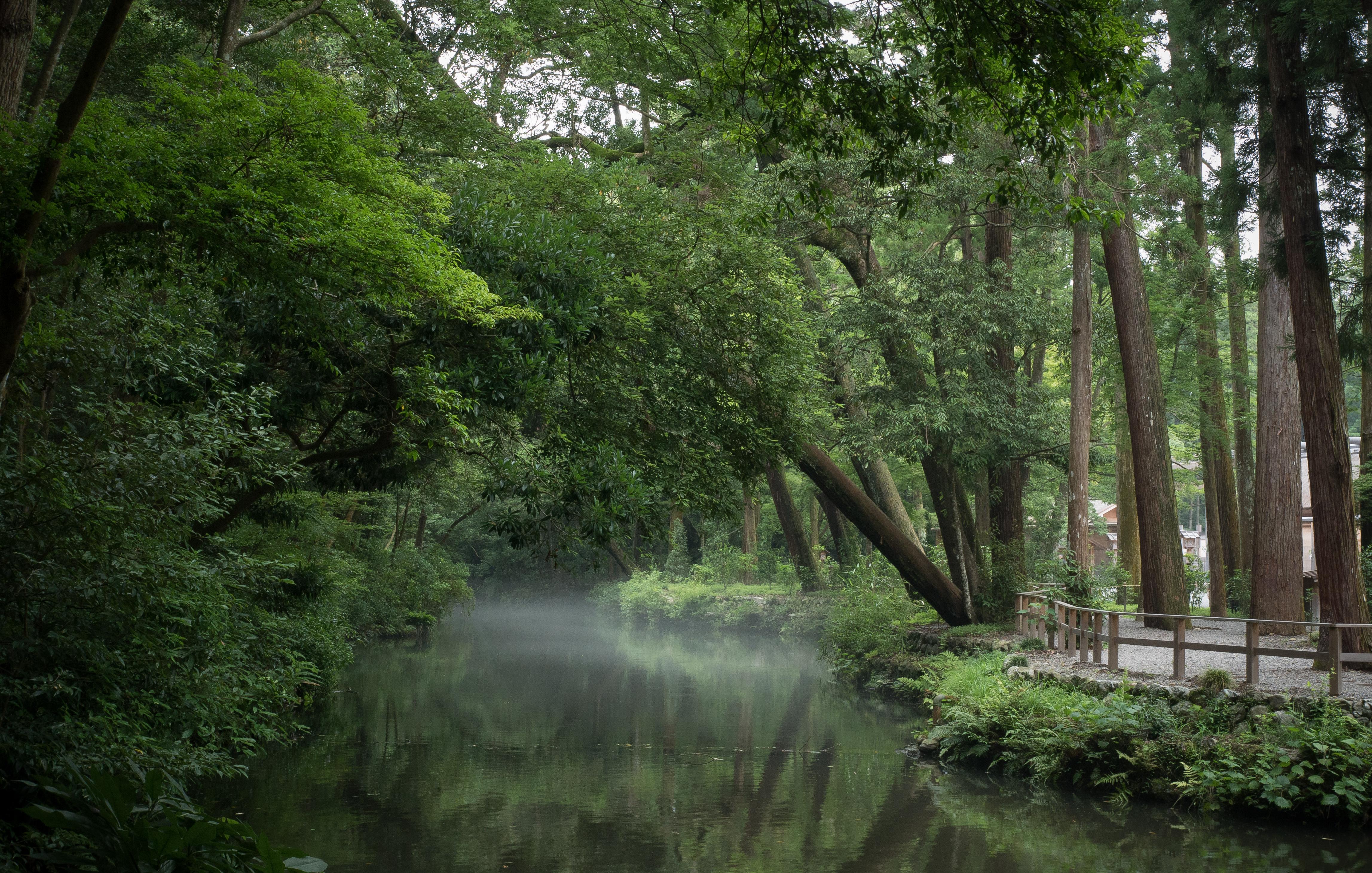
Surrounding Japan's most sacred Shinto shrine, Ise Jingū, lie vast forests of ancient Japanese cypress (hinoki) and cryptomeria trees. These are not just buffer zones but integral parts of the sacred landscape, where kami (spirits) dwell. For centuries, timber from these forests, carefully managed and ritually harvested, has been used to cyclically rebuild the shrine buildings every 20 years in the Shikinen Sengu ceremony – an ingenious act of perpetual renewal symbolizing Shinto beliefs about nature, purity, and impermanence. The forests themselves are places of profound stillness and reverence.
4. Yasuní's Untouched Heart, Amazon Rainforest, Ecuador: Realm of the Uncontacted
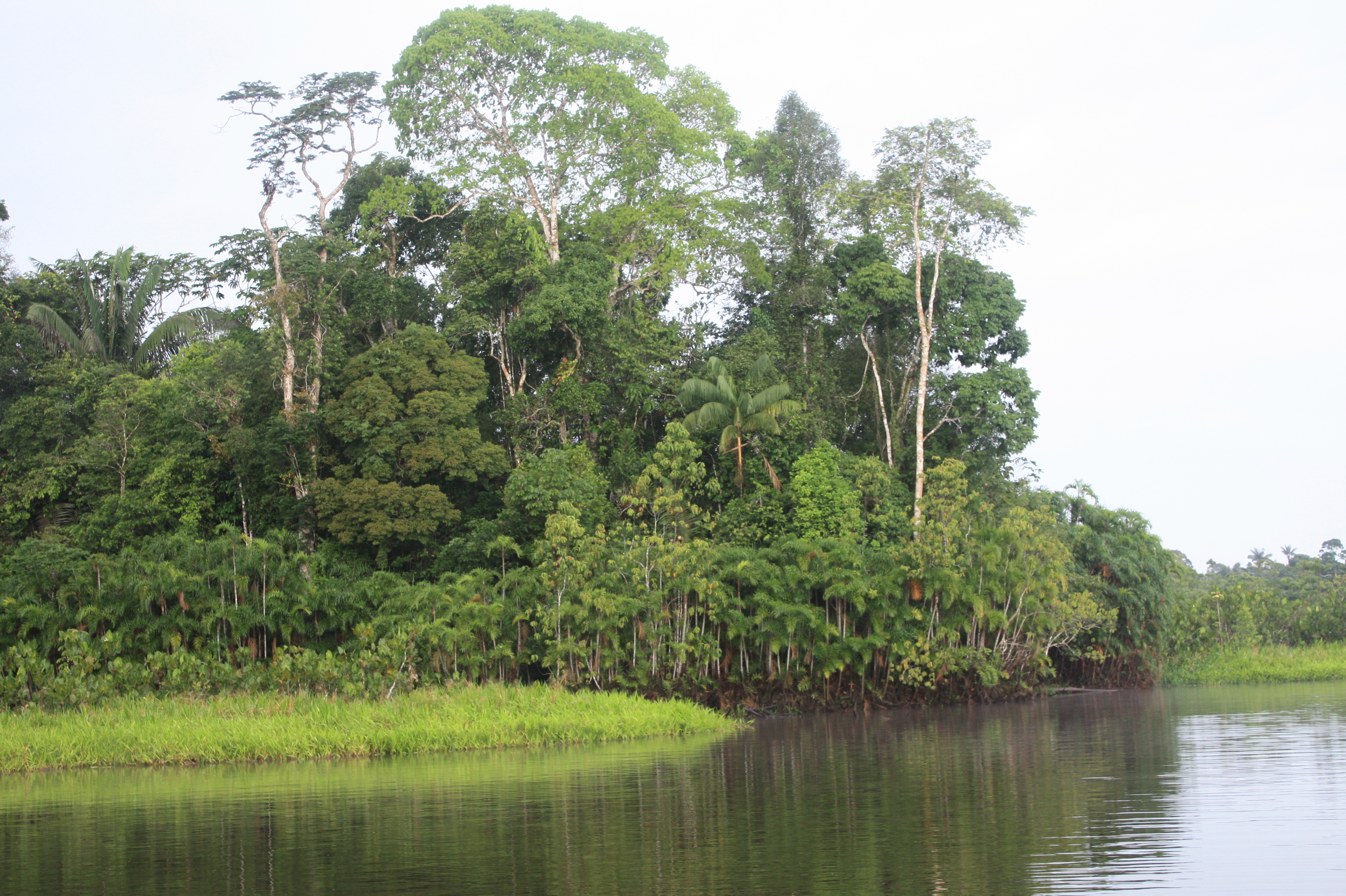
Deep within Ecuador's Yasuní National Park, one of Earth's most biodiverse hotspots, lies the Intangible Zone, fiercely protected territory of the Tagaeri and Taromenane, indigenous peoples living in voluntary isolation. To them, this rainforest is not just a resource but their entire cosmos, a sacred ancestral land imbued with spirits and life ways undisturbed by the outside world. Their choice to remain uncontacted is an ingenious act of cultural preservation, making their forest territory a profoundly mystical and respected realm, a living testament to an alternative way of being.
5. Osun-Osogbo Sacred Grove, Nigeria: Yoruba Goddess's Verdant Sanctuary
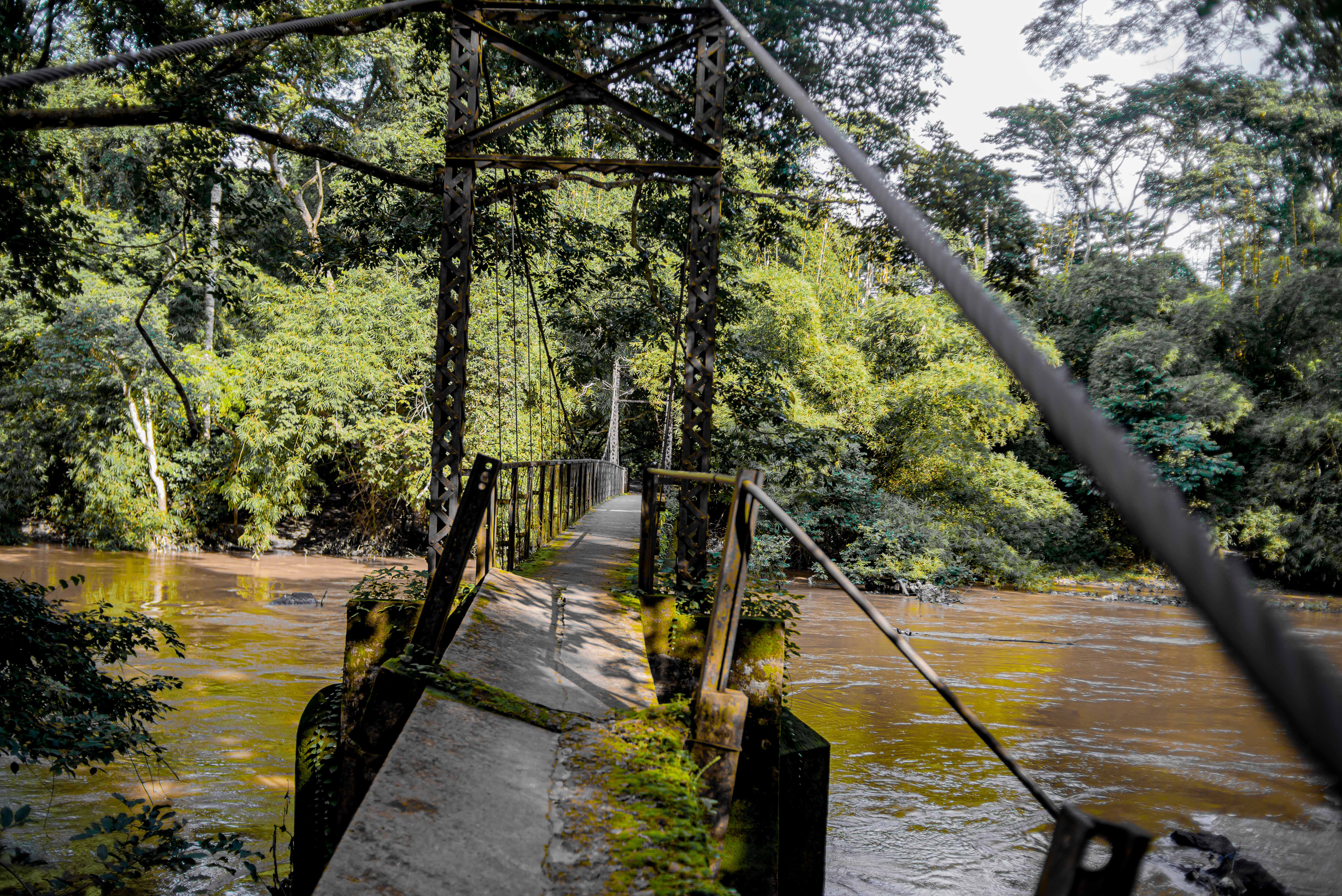
A UNESCO World Heritage site, the Osun-Osogbo Sacred Grove is a dense forest sanctuary embracing the Osun River, considered the abode of fertility goddess Osun. This rare surviving example of primary high forest near a Yoruba city is dotted with extraordinary 20th-century sculptures and shrines by artist Susanne Wenger and local artisans, who ingeniously revitalized the grove by blending traditional Yoruba cosmology with contemporary artistic vision. It's a vibrant testament to the enduring spiritual connection between the Yoruba people, their deities, and the sacredness of nature.
6. Glasir, Norse Mythology: Valhalla's Golden-Leaved Grove
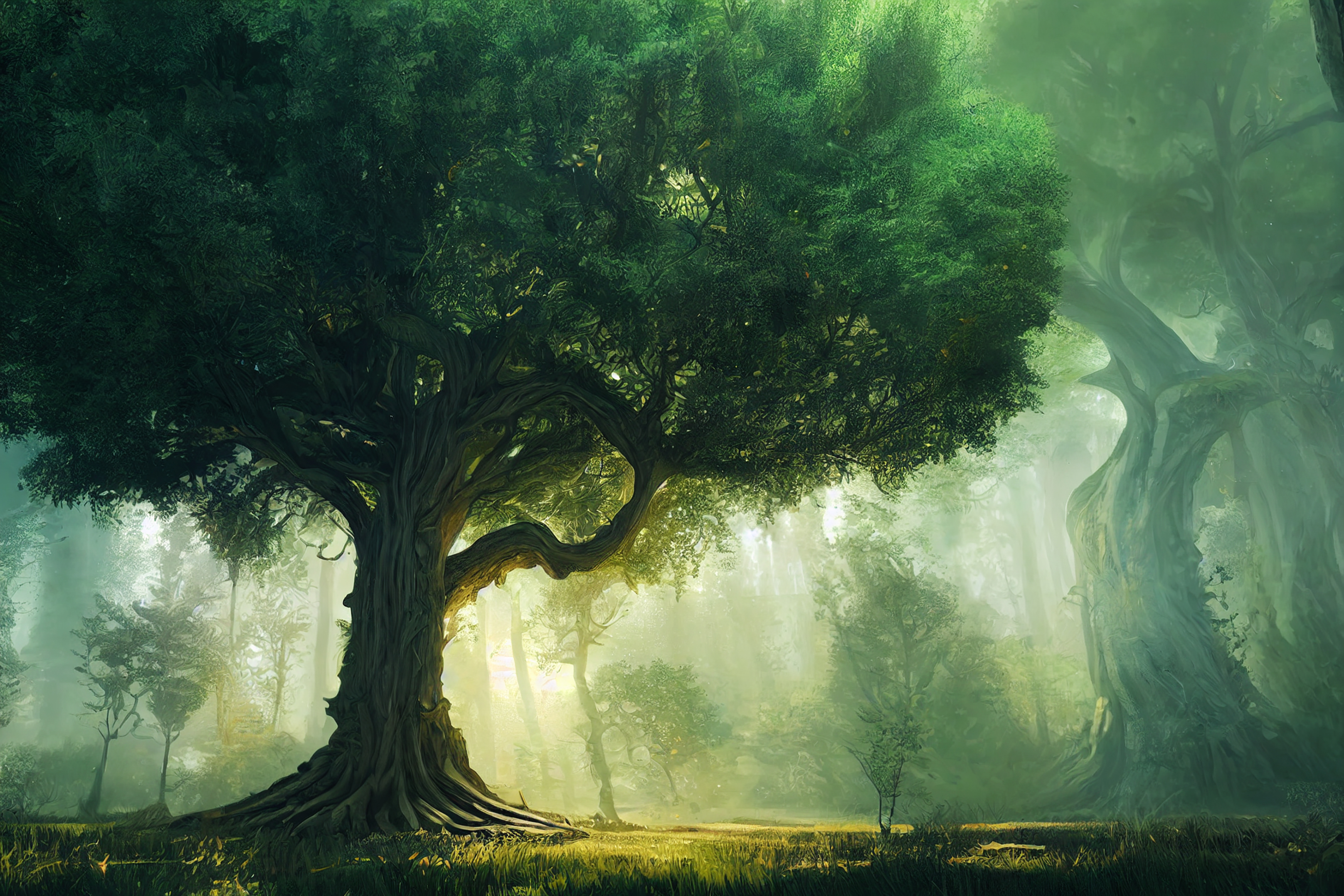
Though existing in myth rather than geography, Glasir, "the gleaming," was a sacred grove of golden-leaved trees standing before the gates of Odin's hall, Valhalla, in Norse cosmology. Described in the Poetic Edda as the most beautiful grove among gods and men, its shimmering foliage was a symbol of divine beauty and the eternal. This ingenious literary creation represented a perfect, celestial nature, a sacred ideal aspired to by warriors, embodying the Norse reverence for natural elements even in their imagined afterlives, a testament to nature's central role in their worldview.
7. The Ceiba Canopies of Tikal, Guatemala: Mayan World Trees

The dense rainforest engulfing the magnificent Mayan city of Tikal was far more than just a backdrop; it was a sacred entity. Central to their cosmology was the Ceiba tree, the "Yaxche," or World Tree, whose massive roots delved into the underworld (Xibalba), its trunk connecting the earthly realm, and its high canopy reaching the heavens. Specific areas of the forest around temples and plazas were revered, seen as powerful conduits for communicating with gods and ancestors, an ingenious integration of urbanism and deep forest spirituality.
8. Cathedral Grove (Prairie Creek Redwoods), USA: Aisles of Ancient Redwood Titans
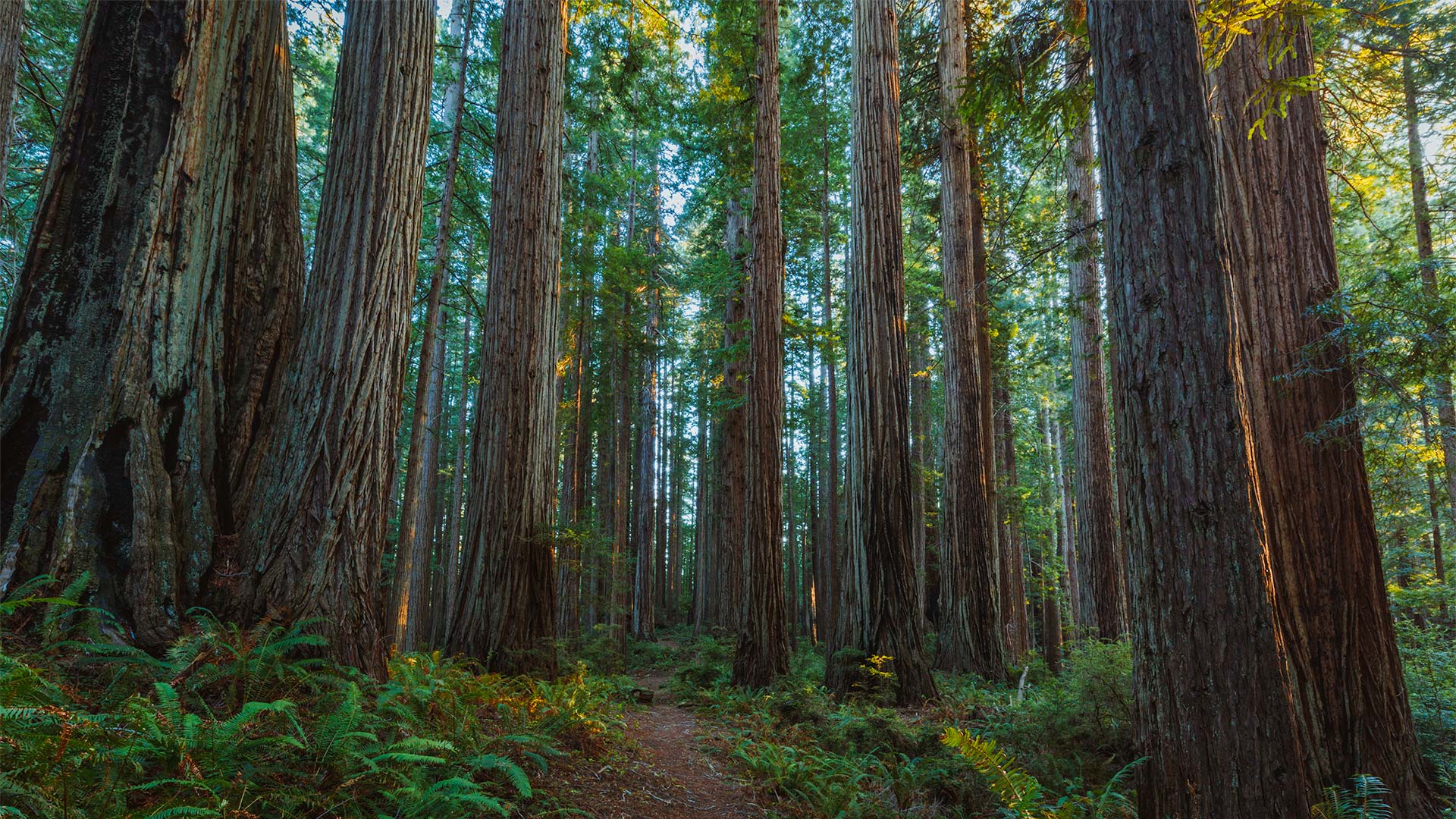
Within California's Redwood National and State Parks, specific groves like "Cathedral Grove" or the "Tall Trees Grove" embody the sacredness indigenous tribes like the Yurok attributed to these colossal Coast Redwoods. These are not just trees but ancient, living beings, perceived as spiritual guardians. The ingenious architecture of these groves, with sunlight filtering like stained glass through canopies hundreds of feet high, creates natural cathedrals that inspire profound awe and a sense of timelessness, echoing centuries of reverence for these enduring giants.
9. Uluru's Mutitjulu Waterhole & Kantju Gorge, Australia: Dreamtime's Desert Sanctuaries
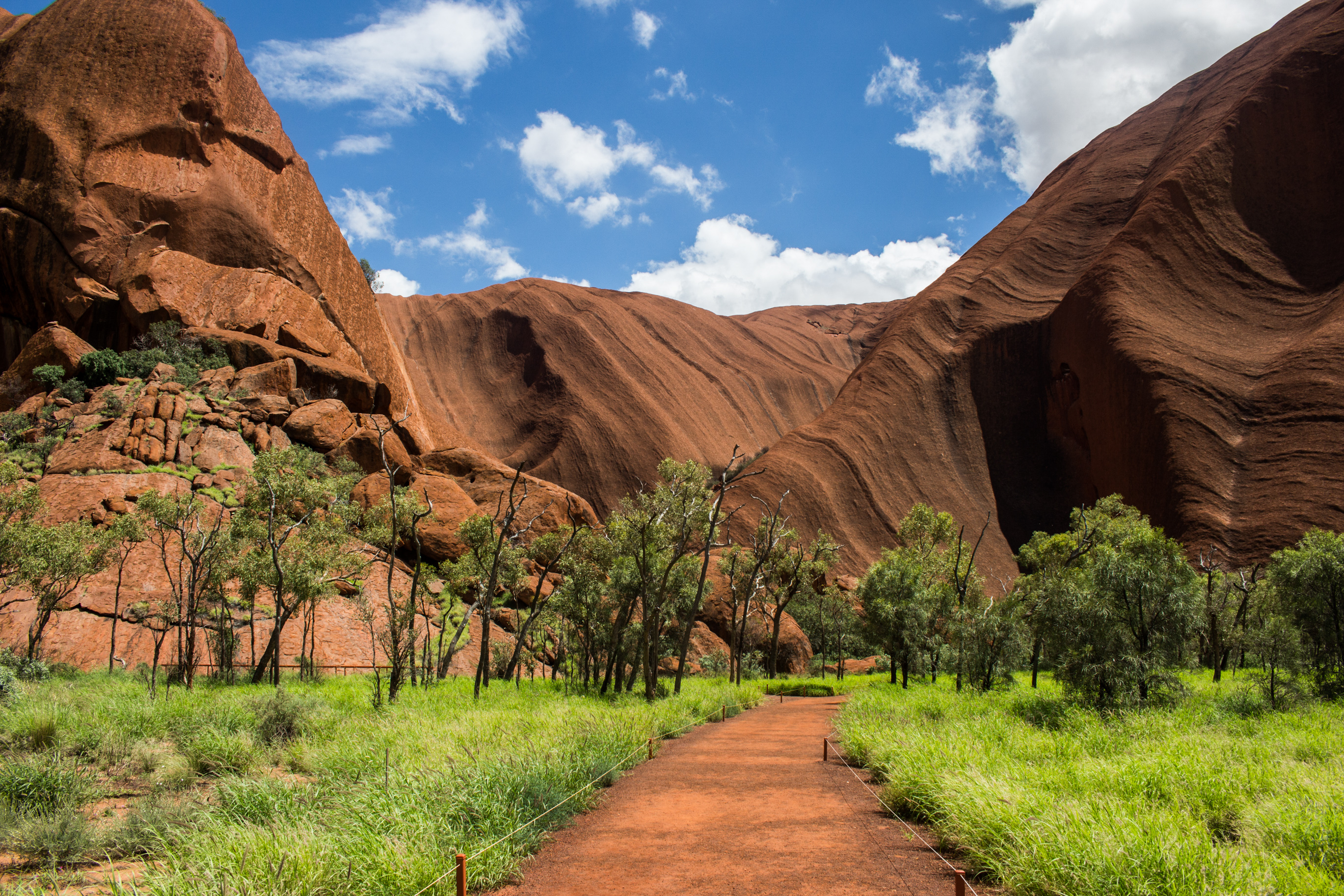
While Uluru itself is a colossal sacred monolith, its surrounding acacia woodlands and waterholes, like Mutitjulu and Kantju Gorge, are equally sacred to the Aṉangu people. These areas are not "forests" in the traditional sense but are crucial "groves" of life in the desert, rich with specific Dreamtime stories of ancestral beings like Kuniya (woma python woman) and Liru (poisonous snake man). The rock art and landforms here are tangible links to these creation narratives, ingeniously mapping spiritual law onto the very earth.
10. Taputapuātea Marae, Raiatea, French Polynesia: Where Ocean Gods Were Invoked Amidst Sacred Flora
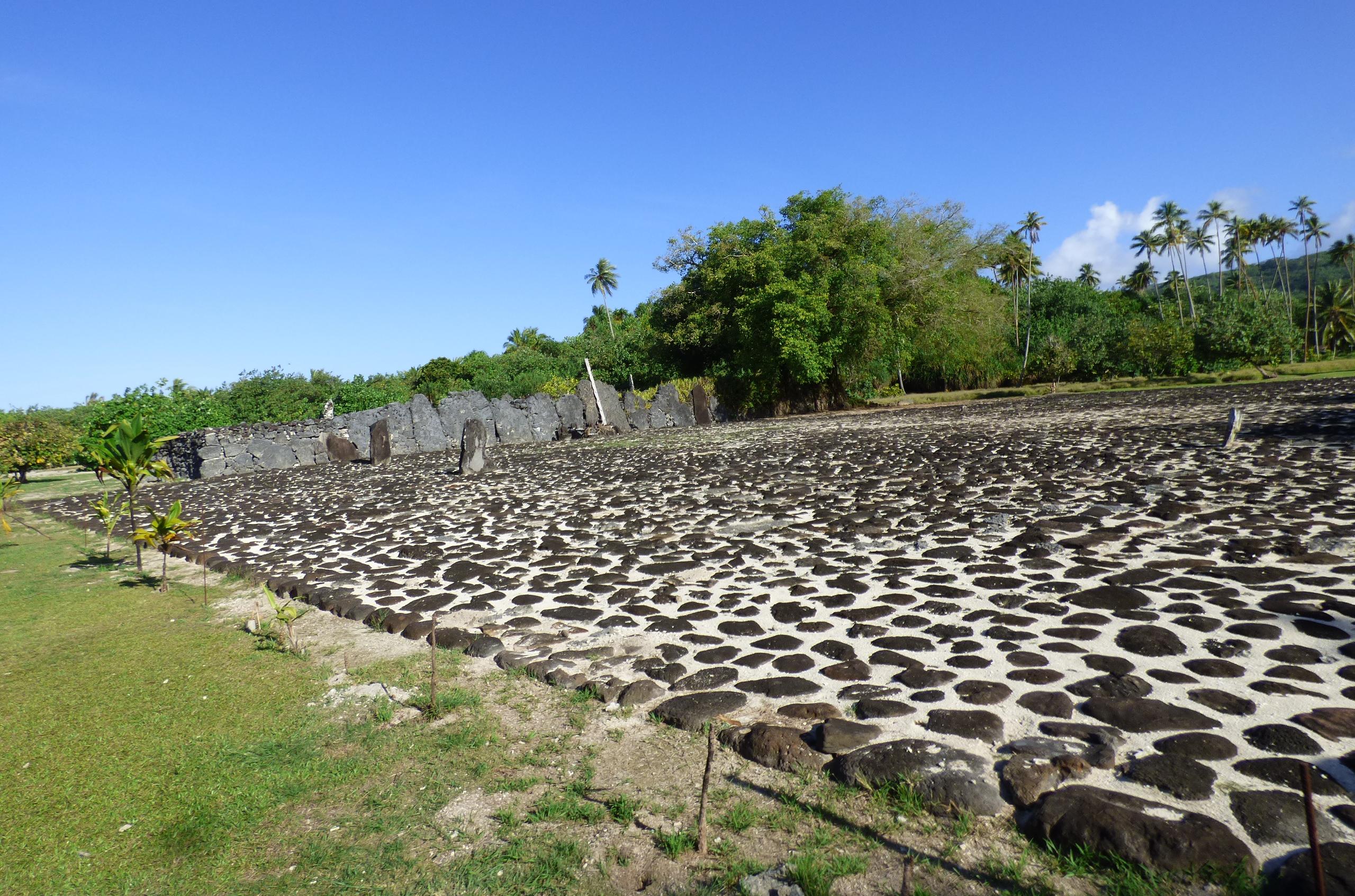
Taputapuātea, a UNESCO World Heritage site on Raiatea, was the central temple and religious center of ancient Eastern Polynesia. This coastal marae (sacred ceremonial site) was not just stone platforms but was intrinsically linked to the surrounding sacred groves and the ocean. Here, navigators and priests gathered, invoking gods like 'Oro, with specific trees and plants within the marae's precincts holding spiritual significance. This ingenious complex represents a nexus of political power, ancestral worship, and deep reverence for the interconnectedness of land, sea, and spirit.
11. Białowieża Forest, Poland/Belarus: Europe's Primeval Heart & Leshy's Domain

One of Europe's last and largest remaining parts of the immense primeval forest that once stretched across the European Plain, Białowieża1 is a realm of ancient magic. For pre-Christian Slavic cultures, such deep forests were the domain of the Leshy, a powerful, often capricious forest spirit. Specific ancient oaks were venerated, and the forest itself was a living entity demanding respect. Its sheer primordial wildness, home to European bison, is an ingenious testament to nature's untamed power and a window into ancient animistic beliefs.
12. Deoban Forest, Uttarakhand, Himalayas, India: "Forest of the Gods"
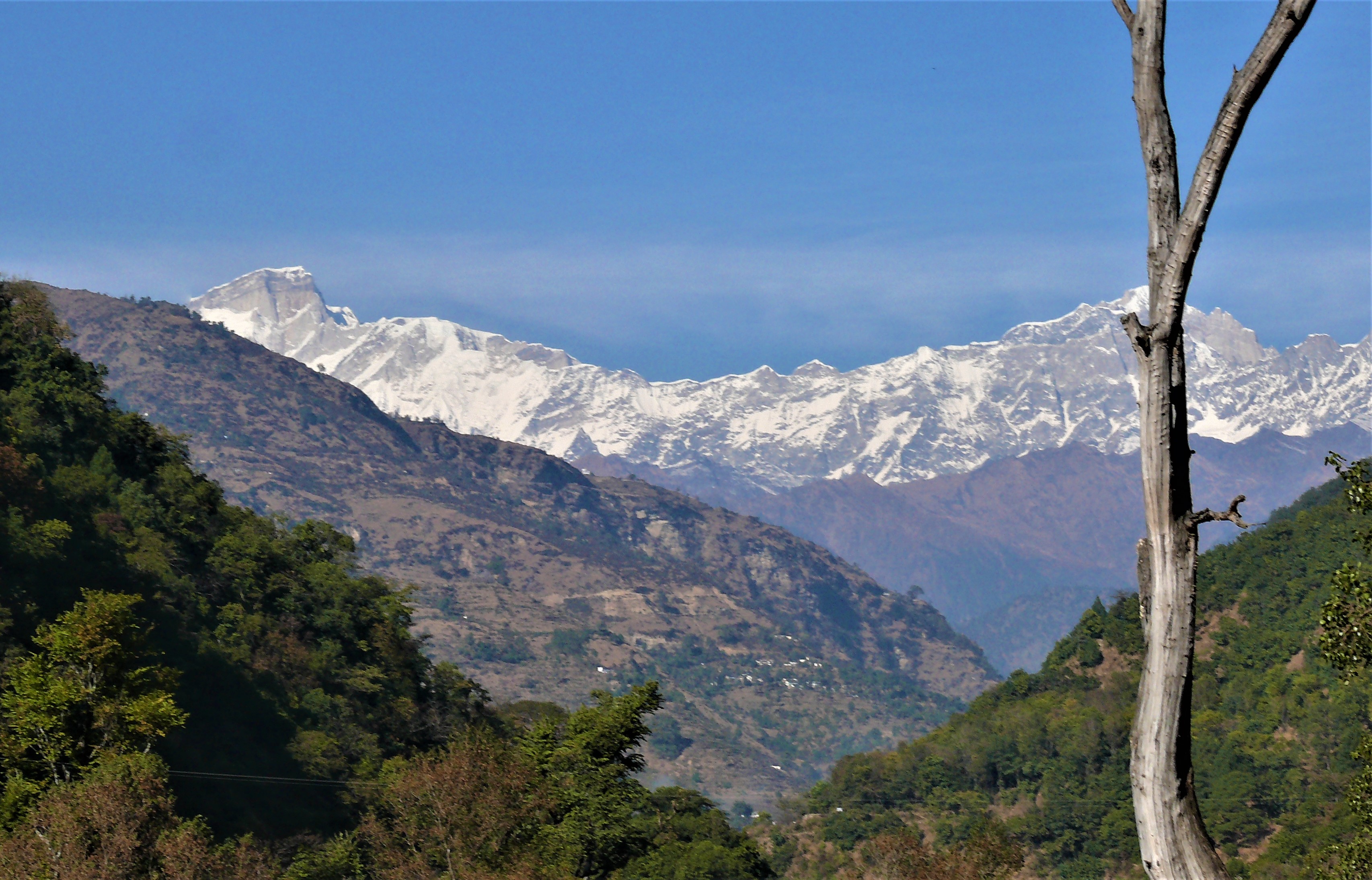
In the Garhwal Himalayas, "Deoban" translates to "Forest of the Gods," primarily referring to its magnificent Deodar Cedar (Cedrus deodara – "Timber of the Gods") trees. These towering, fragrant cedars are sacred in Hinduism, believed to be favored by Lord Shiva. Such forests were often chosen by rishis (sages) for meditation due to their profound serenity and spiritual atmosphere. The ingenious belief that gods inhabit these trees ensured their protection for centuries, preserving these vital high-altitude ecosystems as natural sanctuaries of immense peace and divine presence.
The Enduring Wisdom of Sacred Wilds
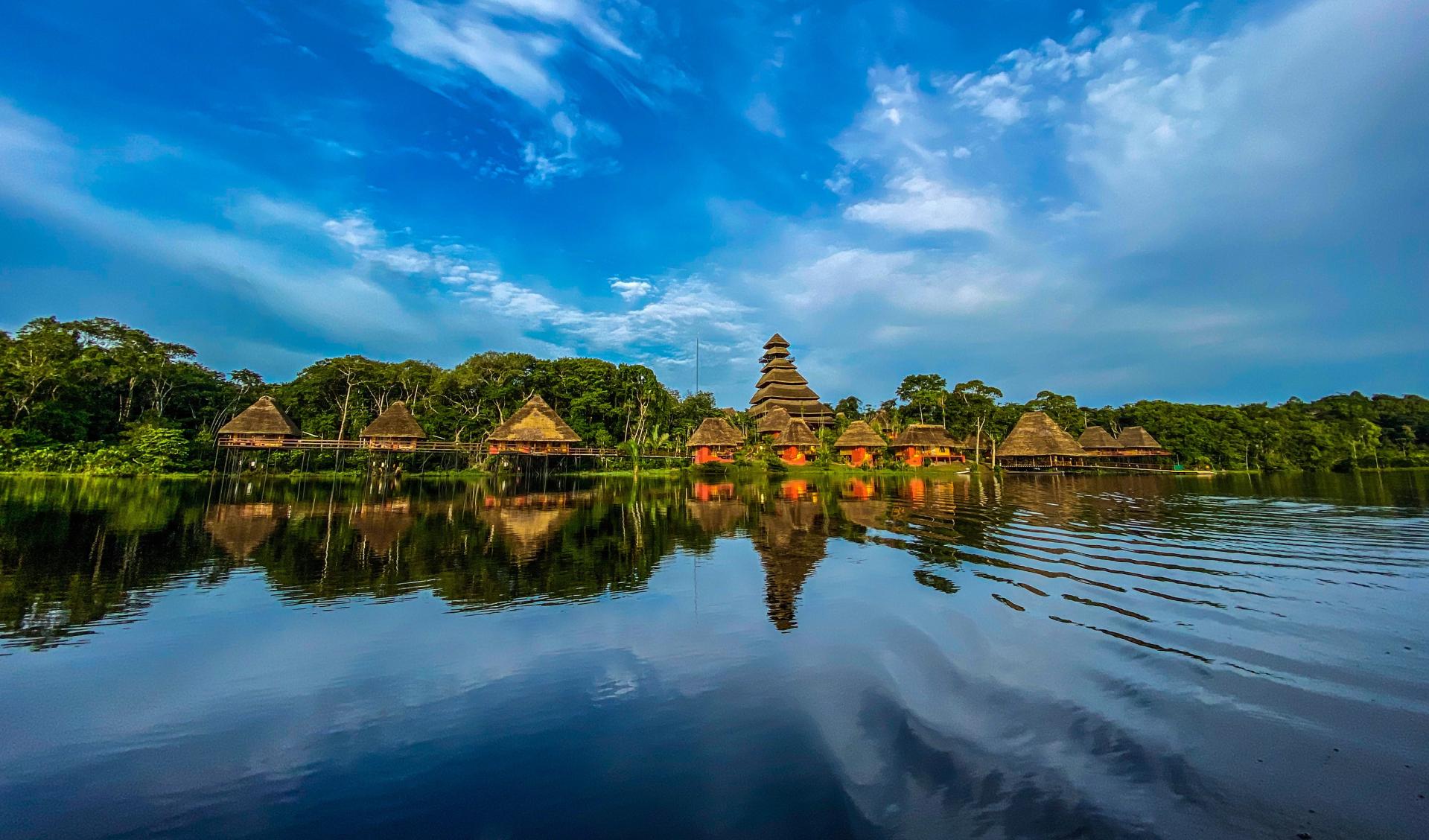
Our journey through these 12 sacred groves and mystical forests reveals more than just breathtaking landscapes; it uncovers a profound, ancient understanding of nature as a divine presence, a teacher, and an essential partner. From India's spirit-filled Devrai to the mythic resonance of Norse woodlands, these hallowed grounds demonstrate ingenious cultural strategies for conservation rooted in deep spiritual reverence. They remind us that the wild places of the Earth are not just resources, but living sanctuaries holding timeless wisdom, urging a renewed respect and reconnection with the sacred pulse of life itself.








